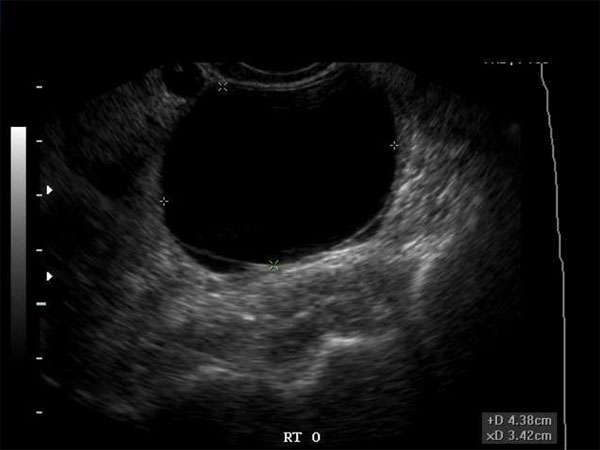Understanding Hypoechoic Masses in the Breast: Causes, Symptoms, and Diagnosis
Introduction
Hypoechoic masses in the breast are a common finding during ultrasound examinations. These masses appear darker or hypoechoic compared to the surrounding breast tissue. It is crucial for healthcare professionals, especially sonographers, doctors, nurse practitioners, and physician assistants, to have a thorough understanding of the causes, symptoms, and diagnosis of hypoechoic breast masses.
Causes
Hypoechoic masses in the breast can have various causes, including:
- Breast cysts
- Fibroadenomas
- Breast cancer
- Fibrocystic changes
- Benign tumors
It is essential to differentiate between benign and malignant hypoechoic masses to determine the appropriate course of treatment.
Symptoms
Hypoechoic breast masses may not always cause noticeable symptoms. However, some individuals may experience:
- Lump or thickening in the breast
- Changes in breast shape or size
- Swelling or redness
- Nipple discharge
- Changes in the appearance of the nipple or breast skin
Not all hypoechoic breast masses are cancerous, but it is important to consult a healthcare professional if any changes or symptoms are observed.
Diagnosis
Accurate diagnosis of hypoechoic breast masses requires a comprehensive approach. The following diagnostic techniques are commonly used:
- Ultrasound imaging
- Mammography
- Magnetic Resonance Imaging (MRI)
- Biopsy
These diagnostic tools help healthcare professionals determine the nature of the hypoechoic mass and develop an appropriate treatment plan.
Continuing Medical Education (CME)
Healthcare professionals, including sonographers, doctors, and nurse practitioners, are required to participate in Continuing Medical Education (CME) to maintain their professional licenses and stay up-to-date with the latest advancements in their respective fields.
CME programs provide healthcare professionals with the opportunity to enhance their knowledge and skills through various educational activities, such as conferences, workshops, online courses, and self-assessment modules. These programs focus on the latest research, technology, and best practices, ensuring that healthcare professionals can provide the highest quality of care to their patients.
Importance of CME
Continuing Medical Education is crucial for healthcare professionals as it:
- Keeps them updated with evolving medical knowledge and practices
- Enhances their diagnostic and treatment abilities
- Improves patient outcomes and safety
- Provides opportunities for networking and collaboration with peers
- Helps fulfill professional licensing requirements
By participating in CME activities, healthcare professionals can stay at the forefront of their fields and deliver the best possible care to their patients.
In conclusion, understanding hypoechoic masses in the breast is essential for healthcare professionals involved in breast imaging and patient care. Through accurate diagnosis and appropriate treatment, healthcare professionals can effectively manage hypoechoic breast masses and ensure the best outcomes for their patients. Additionally, participating in Continuing Medical Education (CME) is crucial for healthcare professionals to stay updated and maintain their professional licenses.






